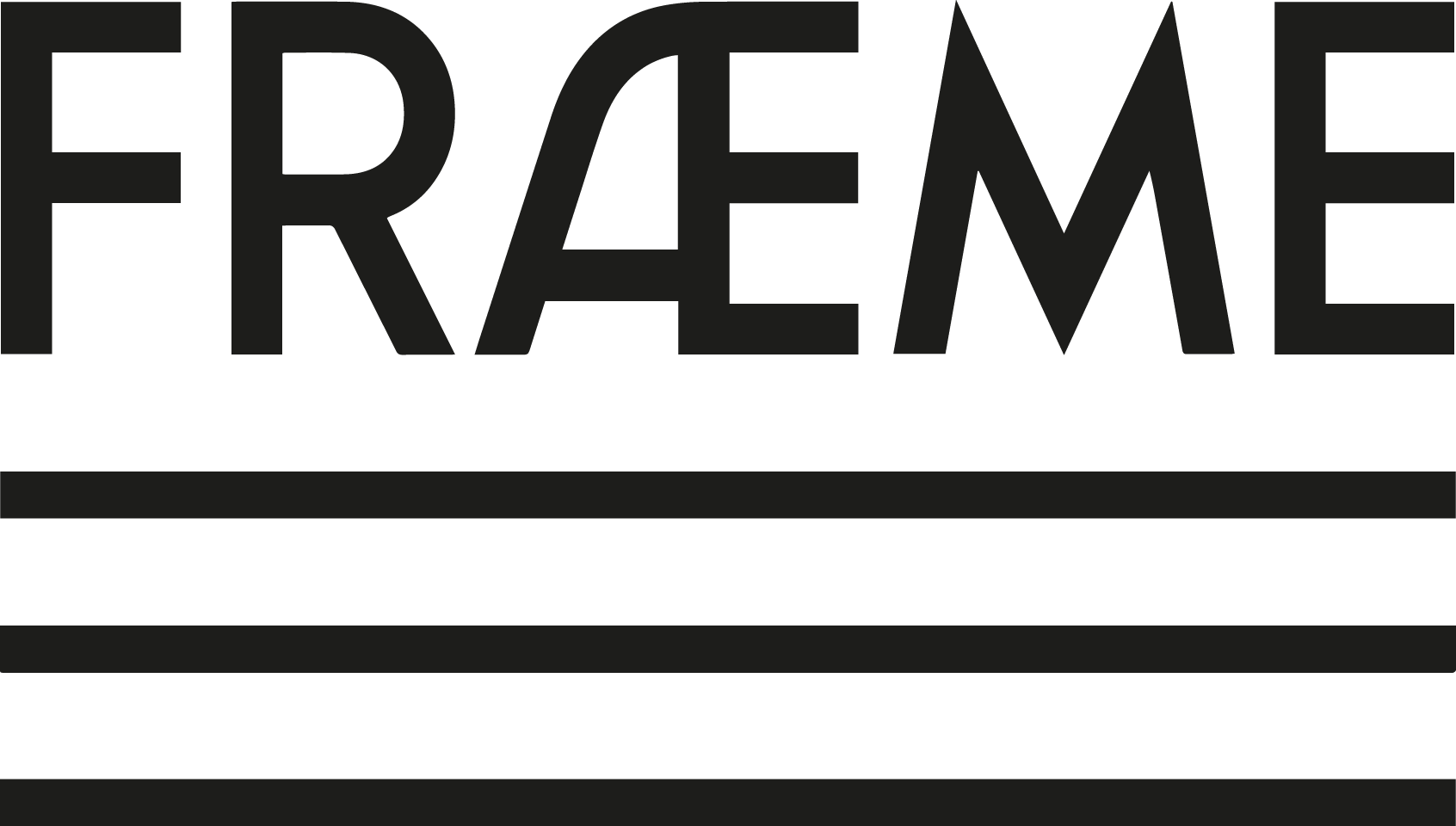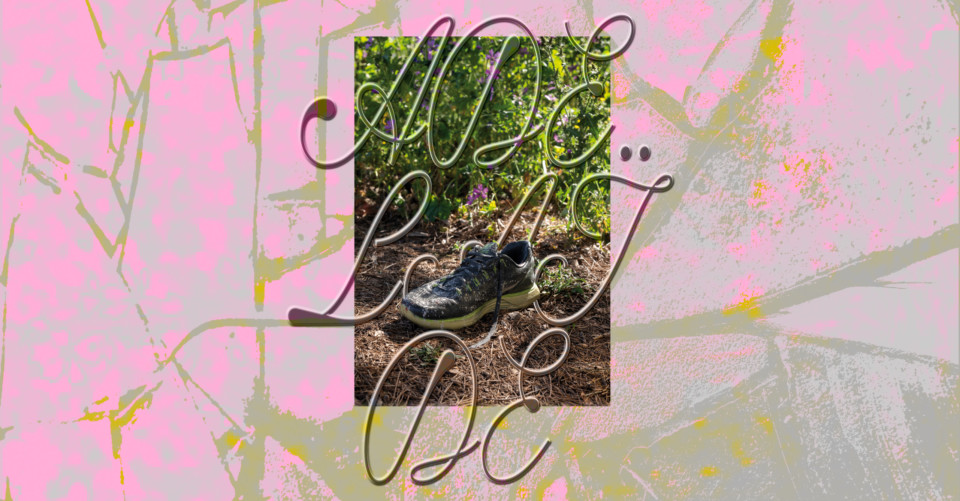Wilfrid Almendra
Adelaïde
Au Panorama
Friche la Belle de Mai
Exposition
Du 24 juin
au 16 octobre 2022
Vernissage jeudi 23 juin à 18h
Commissaire : Sofia Lemos
At the Panorama
Friche la Belle de Mai
Exhibition
from June 24
to October 16, 2022
Opening on Thursday June 23 at 6pm
Curated by Sofia Lemos
Au Frac
Plateau perspectives
Exposition
Du 25 juin
au 30 octobre 2022
Vernissage vendredi 24 juin à 18h
Commissaire : Muriel Enjalran
At the Frac
Plateau perspectives
Exhibition
from June 25
to October 30, 2022
Opening on Friday June 24 at 6.30 pm
Curated by Muriel Enjalran
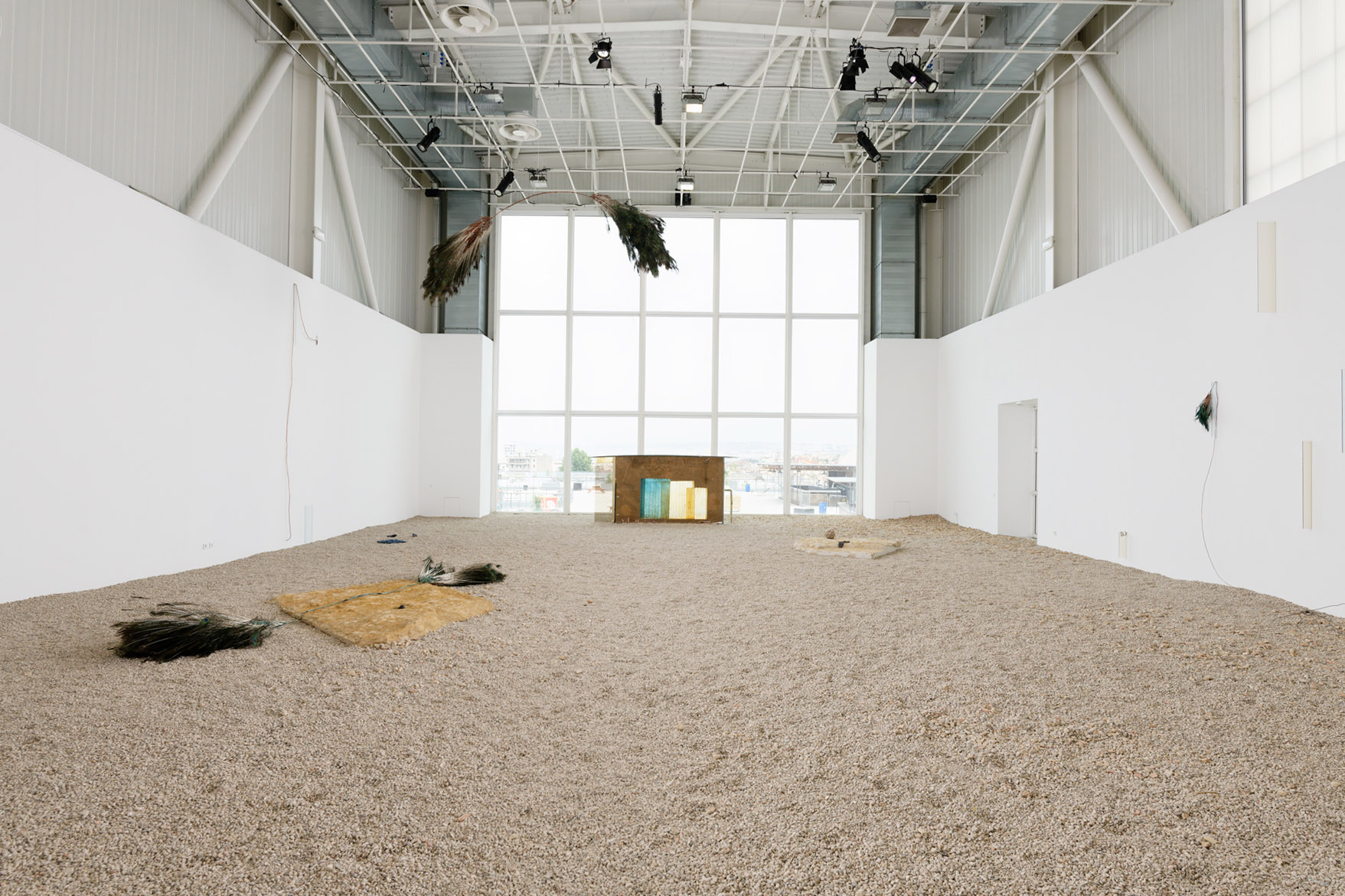
En 2022 Fræme s’associe au Frac Provence-Alpes-Côte d’Azur offrant un travelling inédit autour de l’œuvre environnementale de Wilfrid Almendra, au Panorama de la Friche la Belle de Mai et au plateau perspectives du Frac, sous le commissariat de Sofia Lemos et de Muriel Enjalran.
Artiste franco-portugais installé à Marseille depuis 2015, Wilfrid Almendra développe une œuvre sculpturale poétique où concepts et matérialités sont interdépendants. Par le travail, l’artiste revendique un certain goût du labeur, façonné par une pratique opiniâtre, quotidienne, et par l’usage intensif de l’atelier où la manipulation d’éléments précaires, la transformation de matériaux hantés par leur fonctionnalité première, l’appropriation de gestes empruntés aux mondes ouvriers autant que l’adoption de procédés issus de communautés marginalisées, en sont les composantes. En multipliant les corrélations et les réciprocités au cœur de ses installations à échelle humaine Wilfrid Almendra élabore une entreprise incertaine de sublimation du précaire, magnifiant ici et là ce qu’il est d’usage de qualifier de pauvre, voire de nuisible.
Ces dernières années le travail de Wilfrid Almendra est traversé d’une sémiotique nouvelle, d’une démarche critique et politique plus radicale, dans la continuité de VLZ310 Later (2019) dans les extérieurs du Vrana Park Museum (Sofia, Bulgarie) ou plus récemment de So Much Depends Upon a Red Wheel Barrow (Atlantis, Marseille, 2020). Sa sculpture n’est plus pensée comme un objet stable, autoritaire et compacte, mais comme une structure poreuse, hybride et transitoire, nourrie d’un réseau de relations et de mouvements intérieur/ extérieur, venant, comme l’a si bien remarqué Cédric Fauq, « irriguer l’exposition et son espace – jusqu’aux néons – d’une certaine énergie. »1
Pour Almendra, Marseille est une ville idéale pour penser à la fois la matérialité et le mouvement, les flux d’informations et la dimension humaine et sociale contenue dans et sous les surfaces. Son attrait pour les jardins ouvriers, teinté de souvenirs adolescents, fait écho à ses réflexions sur la circulation globalisée des formes et les réappropriations et re-significations de celles-ci par les couches populaires. Il relève ainsi d’une observation personnelle de notre contexte d’économie actuelle, ces circuits de création de valeur, de recyclage d’objets et les détournements d’usages perçus comme autant d’aspérités, de sas de créativité et de résistance. Flora Katz évoque justement dans son essai Les Paisibles, les Idiots et les Furieux (2015) George McKay citant Thomas Jellis : « (Il / Le jardin ouvrier) est devenu l’expression d’une résistance tactique et solide face au capital global et son impact négatif sur l’environnement. »2
Pensée comme un paysage continu dans les espaces de deux des institutions en art contemporain les plus emblématiques de la ville de Marseille, la Friche la Belle de Mai et le Frac Provence-Alpes-Côte d’Azur, Adelaïde poursuit cette démarche d’écologie radicale, déployant une œuvre fragile et monumentale, hors d’atteinte et immersive.
1 – So Much Depends Upon a Red Wheel Barrow, curaté par Cédric Fauq. Texte d’exposition, Cédric Fauq. Atlantis Lumière, Marseille, 2020
2 – George McKay, Radical Gardenning, Politics, Idealism and Rebellion in the Garden, ed. Frances Lincoln Limited, Londres, 2011, p. 167. Chapitre Guerilla gardener dans l’essai Les Paisibles, les Idiots et les Furieux, Flora Katz, 2015
In 2022 Fræme and Frac Provence-Alpes-Côte d’Azur are joining together to offer an unprecedented perspective on Wilfrid Almendra’s environmental work, at the Panorama of la Friche la Belle de Mai and the Plateau perspectives of the Frac, curated by Sofia Lemos and Muriel Enjalran.
French-Portuguese artist based in Marseille since 2015, Wilfrid Almendra develops a poetic sculptural work in which concepts and materiality are mutually dependent. With the notion of work, the artist claims a certain taste for labour, modelled by a persistent daily practice composed of the manipulation of precarious elements, the transformation of materials haunted by their primary functionality, the appropriation of gestures taken from the working class as well as the adoption of processes stemming from marginalized communities, all of this happening through an intensive use of the studio. By increasing correlations and reciprocities at the core of his humane scale installations, Wilfrid Almendra undertakes the process of sublimation of precariousness, magnifying here and there what is usually qualified as poor, or even harmful.
During the last years, Wilfrid Almendra’s work is crossed by new semiotics, a more radical critical and political approach, in the continuity of VLZ310 Later (2019) outside of the Vrana Park Museum (Sofia, Bulgaria) or more recently of So Much Depends Upon a Red Wheel Barrow (Atlantis, Marseille, 2020). His sculptural works are no longer conceived as stable, authoritarian and compact objects, but as porous, hybrid and transitory structures, fed by a network of relations and inside/outside movements, as Cédric Fauq brightly noticed “irrigate the exhibition and its space – up to the neon lights – with a certain energy.”1
For Almendra, Marseille is the ideal city to reflect both on materiality and movement, on the information flows and the human and social dimension contained in and under surfaces. His attraction for shared gardens, tainted with teenage memories, echoes to his reflections on the globalized circulations of forms, and the reappropriations and renaming of those by the popular classes. It therefore results from a personal observation of our current economical context, those circuits of value generation, of objects recycling and of repurposing are perceived as many asperities, creativity and resistance spaces. Flora Katz rightly evokes in her essay Les Paisibles, les Idiots et les Furieux (2015) George McKay quoting Thomas Jellis: “(It / the shared garden) became the expression of a tactical and strong resistance against the global capital and its negative impact on environment.”2
Thought as a continuous landscape in the spaces of the most emblematic contemporary art venues in the city of Marseille, la Friche la Belle de Mai and the Frac Provence-Alpes-Côte d’Azur, Adelaïde carries on with this process of radical ecology, unfolding a fragile and monumental work, both unreachable and immersive.
1 – So Much Depends Upon a Red Wheel Barrow, curated by Cédric Fauq. Exhibition text, Cédric Fauq. Atlantis Lumière, Marseille, 2020
2 – George McKay, Radical Gardenning, Politics, Idealism and Rebellion in the Garden, ed. Frances Lincoln Limited, London, 2011, p. 167. Chapter Guerilla gardener in the essay Les Paisibles, les Idiots et les Furieux, Flora Katz, 2015
Wilfrid Almendra
Wilfrid Almendra (né en 1972) est un sculpteur franco-portugais, qui vit et travaille à Marseille. Ses matériaux proviennent souvent de l’économie alternative, du recyclage, et de l’échange. Évoquant une esthétique de la classe ouvrière immigrée dont il est issu, son œuvre radicale, sensuelle et clandestine, questionne le désir de confort, et la capacité individuelle d’invention et de poésie trouvée au cœur des structures sociales et économiques les plus restrictives.
Son travail a fait l’objet de plusieurs expositions personnelles en France et à l’étranger dont, parmi les plus récentes à Sariev-Makov, Sofia (2019) ; Clark House, Bombay (2018); Palais de Tokyo, France (2017) ; Fogo Island Arts, Canada, (2016) ; Les Églises, Chelles (2014) ; Centre d’art Passerelle, Brest (2013) ; Fondation d’entreprise Ricard, Paris (2013). Il a participé à de nombreuses expositions collectives, dont « 100 artistes dans la ville » MOCO, Montpellier (2019) ; « Sculpter (faire à l’atelier) », Frac Bretagne, Rennes (2018) ; « Singing Stone », Dusable Museum, Chicago (2017) ; « L’Esprit du Bauhaus », Musée des Arts décoratifs, Paris (2016) ; « The Other Sight », CAC Vilnius (2015) ; « The Brancusi Effect », Kunsthalle Wien (2014) ; « Vue d’en haut », Centre Pompidou-Metz (2013) ; « Skyscraper: Art and Architecture Against Gravity », Museum of Contemporary Art, Chicago (2012).
Wilfrid Almendra
Wilfrid Almendra (born in 1972) is a French-Portuguese artist, who lives and works in Marseille. His materials often originate from alternative economy, recycling, and trade. Evoking an aesthetic of the migrating working class he comes from, his radical, sensual, and clandestine work questions the desire for comfort, and the individual ability of invention and poetry found at the heart of the most restrictive social and economic structures.
His work was presented in several solo exhibitions in France and abroad, among which most recently in Sariev-Makov, Sofia Bulgaria (2019); Clark House, Mumbai India (2018); Palais de Tokyo, Paris France (2017); Fogo Island Arts, Canada, (2016); Les Églises, Chelles France (2014); Centre d’art Passerelle, Brest France (2013); Fondation d’entreprise Ricard, Paris France (2013). He took part in numerous collective shows including « 100 artistes dans la ville » MOCO, Montpellier France (2019); « Sculpter (faire à l’atelier) », Frac Bretagne, Rennes France (2018) ; « Singing Stone », Dusable Museum, Chicago USA (2017); « L’Esprit du Bauhaus », Musée des Arts décoratifs, Paris France (2016); « The Other Sight », CAC Vilnius, Lithuania (2015); « The Brancusi Effect », Kunsthalle Wien, Austria (2014); « Vue d’en haut », Centre Pompidou-Metz, France (2013); « Skyscraper: Art and Architecture Against Gravity », Museum of Contemporary Art, Chicago USA (2012).
Sofia Lemos
Sofia Lemos est curatrice et écrivaine. Elle est curatrice au TBA21 – Thyssen- Bornemisza Art Contemporary. De 2018 à 2021, elle a été curatrice des programmes publics et de recherche à Nottingham Contemporary, où elle a dirigé le partenariat entre l’Université de Nottingham et l’Université de Nottingham Trent, et a été rédactrice associée au Contemporary Journal. Elle a également initié de nombreux programmes de recherche collaboratifs, notamment la série de commandes multiplateformes Sonic Continuum (2019-2022) et la série de lectures Five Bodies (2020-en cours). Récemment, Lemos a été curatrice associée des programmes publics de la 2e Biennale internationale d’art contemporain de Riga – RIBOCA (2020). Auparavant, Lemos a participé au travail de recherche et à la production d’expositions au HKW, Berlin, à PRAXES, Berlin, à la David Roberts Art Foundation, Londres, et au MACBA, à Barcelone. Ses écrits sur l’art et la culture contemporaine ont figuré dans des publications telles qu’Art Agenda, Document Journal, Spike, Frieze, et MOUSSE, ainsi que dans plusieurs catalogues et monographies. Elle est rédactrice en chef de Sonic Continuum : On the Sound and Poetics of Time (à paraître, Archive Books, 2022), et a récemment co-édité METABOLIC RIFTS (Atlas Projectos, 2019), ainsi qu’une monographie du collectif Musa paradisiaca : Views on Misunderstanding (Bom Dia Books, 2018).
Sofia Lemos
Sofia Lemos is a curator and writer. She is Curator at TBA21 – Thyssen-Bornemisza Art Contemporary. From 2018-2021, she was Curator of Public Programmes and Research at Nottingham Contemporary, where she led the partnership between the University of Nottingham and Nottingham Trent University and was Associate Editor at The Contemporary Journal. She also initiated numerous collaborative research programmes, including the multi-platform commissioning series Sonic Continuum (2019-2022) and reading series Five Bodies (2020-ongoing). Recently, Lemos was Associate Curator Public Programmes to the 2nd Riga International Biennial of Contemporary Art – RIBOCA (2020). Previously, Lemos was involved in the research and production of exhibitions at HKW, Berlin, PRAXES, Berlin, DRAF, London, and MACBA, Barcelona. Her writings on contemporary art and culture have featured in publications such as Art Agenda, Document Journal, Spike, Frieze and MOUSSE as well as in several catalogues and monographs. She is the editor of Sonic Continuum: On the Sound and Poetics of Time (forthcoming with Archive Books, 2022), and recently co-edited the reader METABOLIC RIFTS (Atlas Projectos, 2019), and a monograph Musa paradisiaca: Views on Misunderstanding (Bom Dia Books, 2018).
Fondation Calouste Gulbenkian
La délégation en France de la Fondation Gulbenkian s’investit particulièrement dans le domaine des arts et de la culture, des arts sociaux et de l’économie sociale, pour un dialogue avec la société civile et ses institutions, ainsi que pour la diffusion de la langue portugaise. Ces actions se concrétisent par la coproduction d’expositions, un appel à projet annuel destiné aux institutions artistiques françaises souhaitant présenter des artistes portugais des arts visuels au sein de leur programmation, l’organisation de rencontres et de débats tout au long de l’année, des partenariats avec des organisations de la société civile, et la mise à disposition d’une importante bibliothèque de langue portugaise. La Fondation Gulbenkian soutient la visibilité des artistes portugais dans les institutions internationales depuis sa création. Son investissement en France dans la promotion des artistes portugais résulte de la prise de conscience que ce pays, et Paris en particulier, est l’une des plus importantes plateformes de visibilité et de validation du travail artistique à l’échelle mondiale. Dans ce pays, les principaux acteurs du marché de l’art, les collectionneurs, les programmeurs internationaux, les conservateurs, la presse spécialisée et un large public cosmopolite coexistent, créant les conditions pour renforcer la projection des artistes portugais à l’international.
Calouste Gulbenkian Foundation
The French delegation of the Gulbenkian Foundation is particularly involved in the fields of arts and culture, social arts, and social economy, committed to opening a dialogue with civil society and its institutions, and to the diffusion of the Portuguese language. These actions are realised through the coproduction of exhibitions, a yearly open call addressed to artistic French institutions willing to present Portuguese visual artists within their programmes, the organisation of encounters and talks all year long, partnerships with civil society organisations, and an important Portuguese open book collection. The Gulbenkian Foundation supports the visibility of Portuguese artists within international institutions since its creation. Its commitment in France for the promotion of Portuguese artists results from the awareness that this country, particularly Paris, is one of the most important platform for visibility and for validation of the artistic work on a worldwide scale. In this country, the main actors of the art market, collectors, international programmers, curators, the specialised press, and a large and cosmopolite audience coexist, creating the conditions to strengthen the projection of Portuguese artists internationally.
Contactez-nous à contact@fraeme.art
Inscrivez-vous à la newsletter, ici!
Contact us at contact@fraeme.art
Subscribe to our newsletter, here!


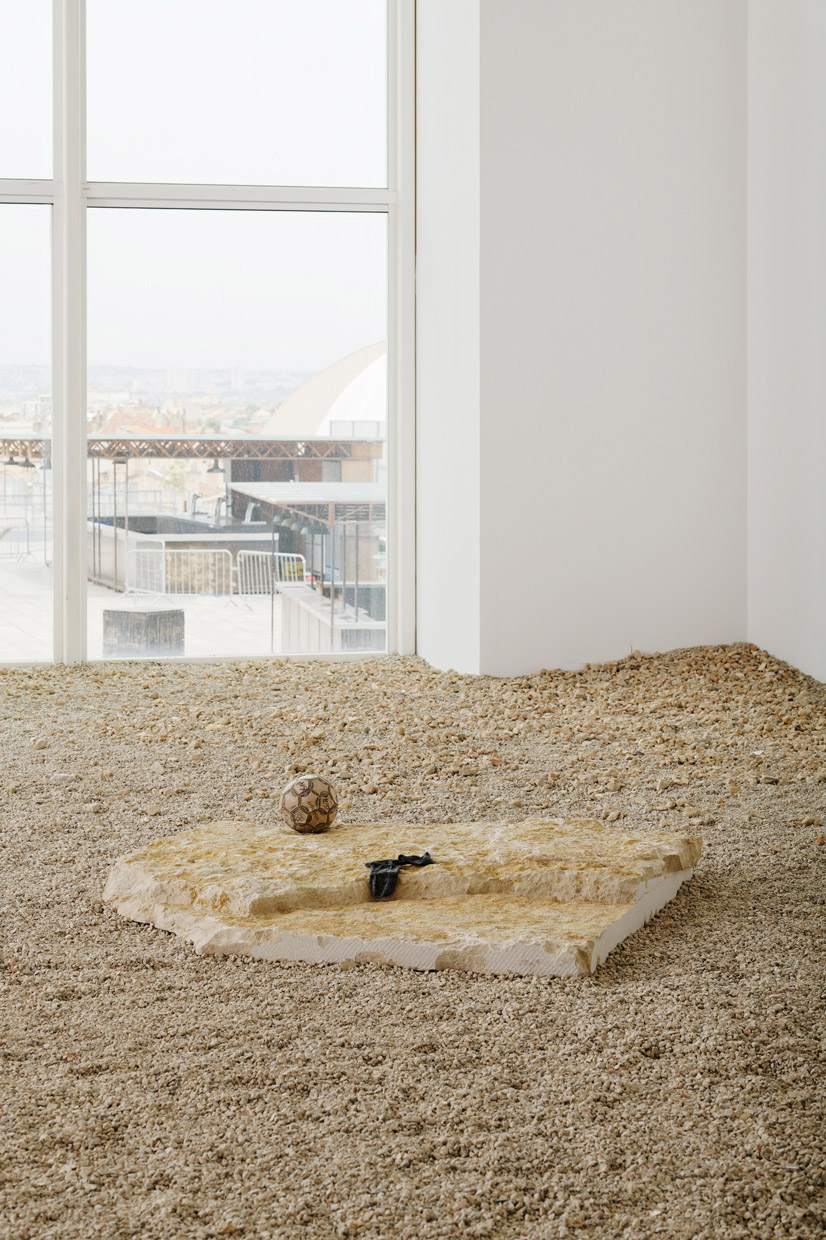
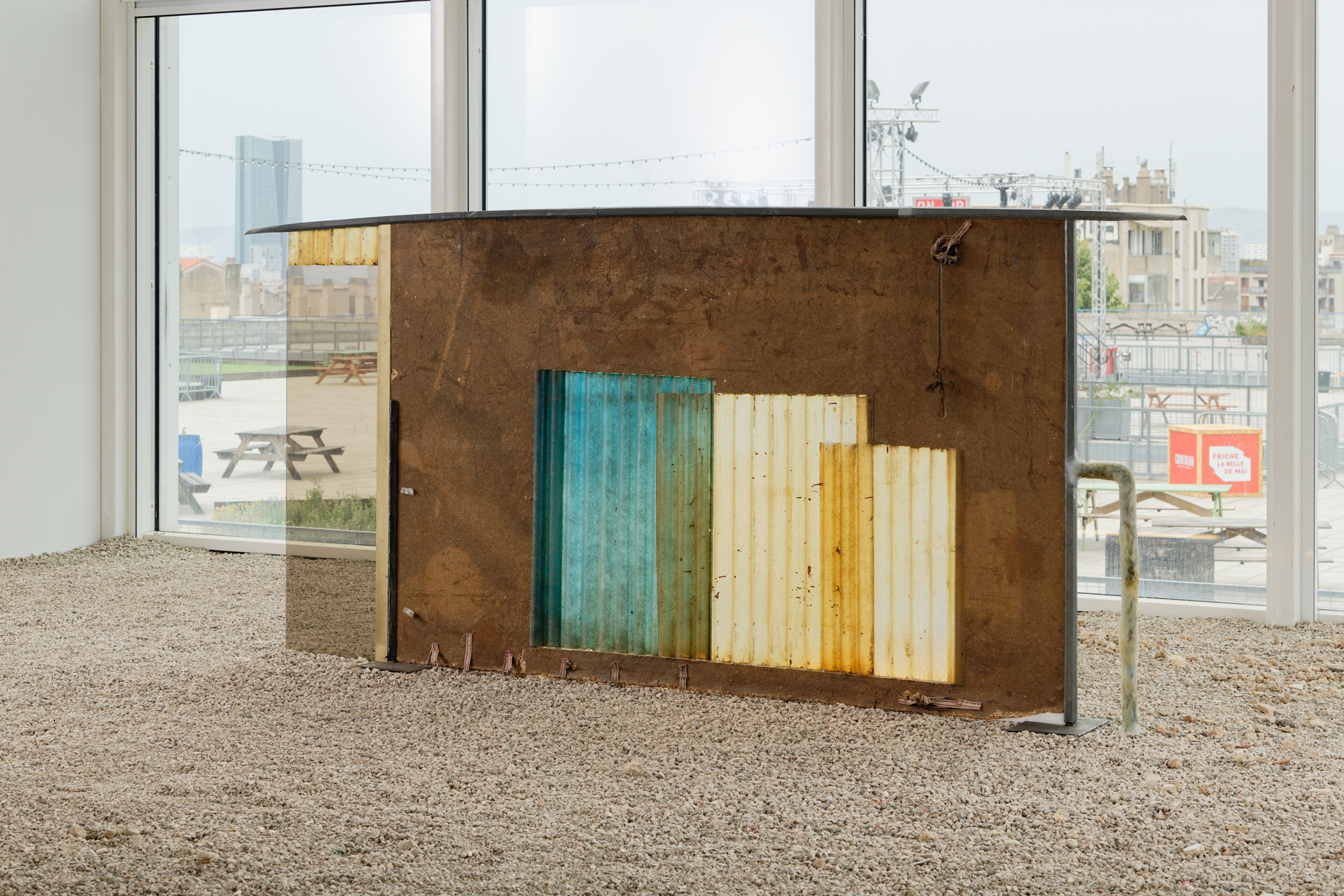
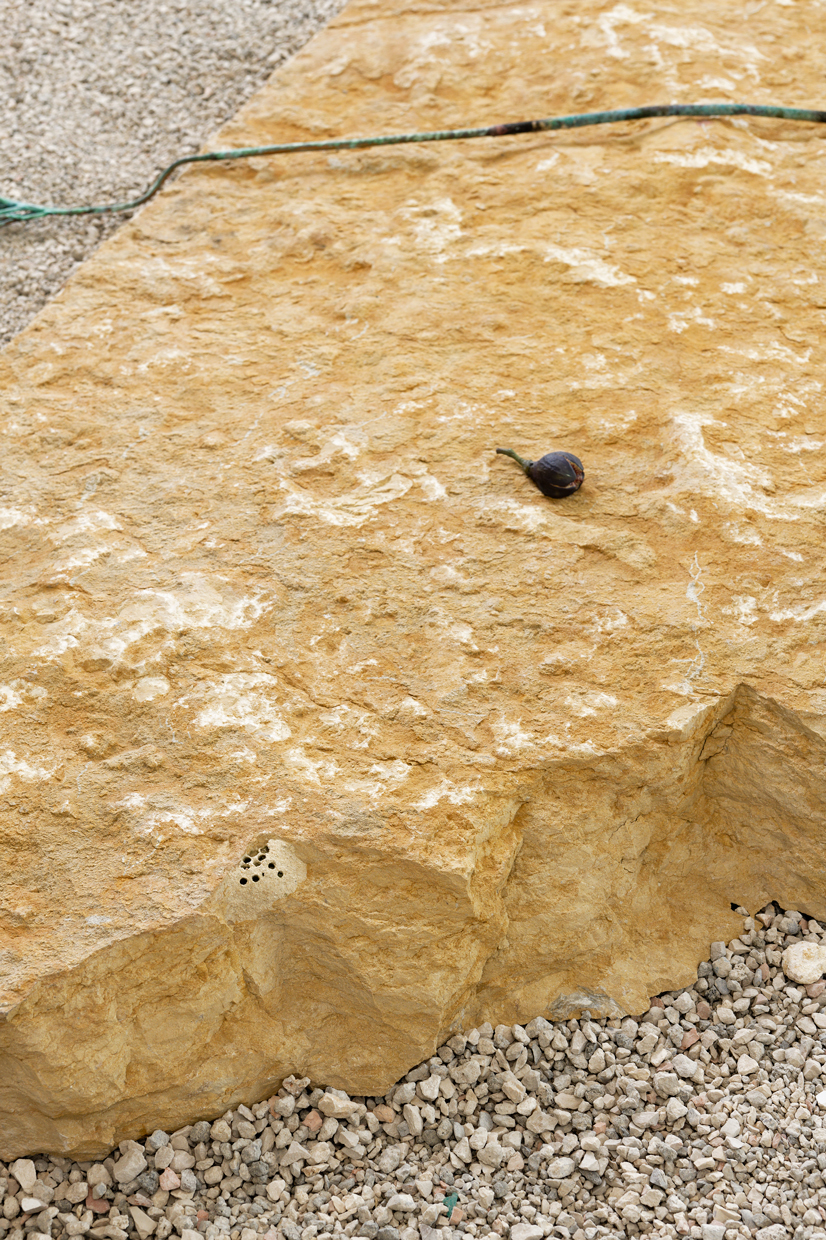
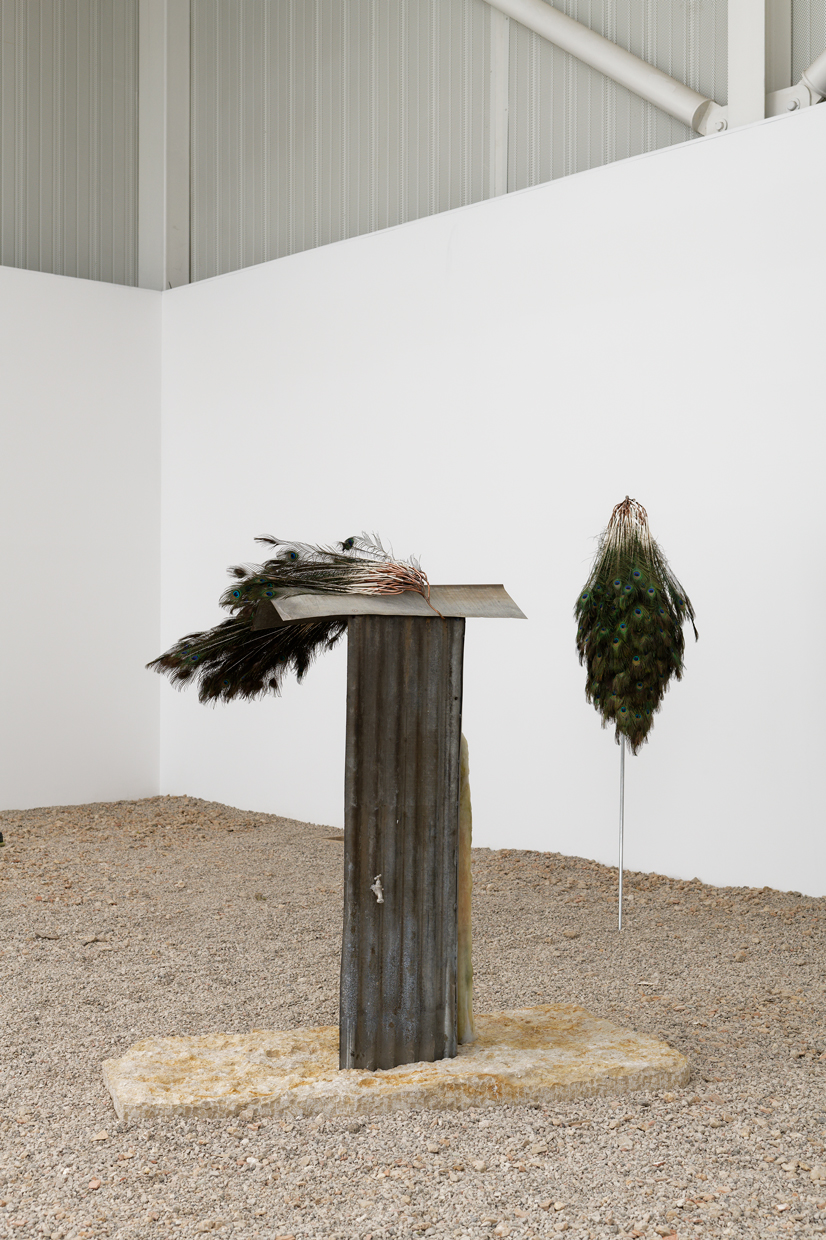
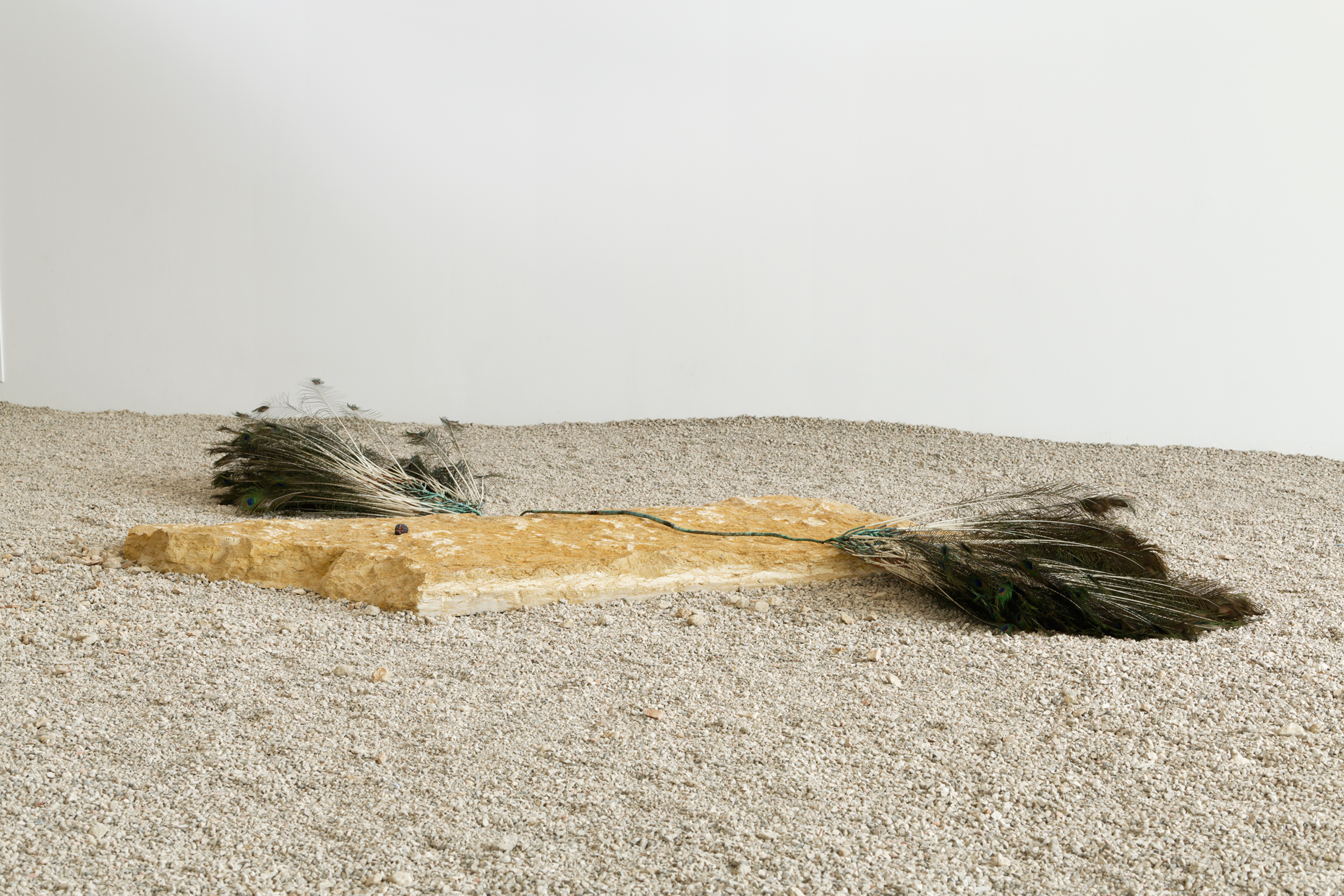
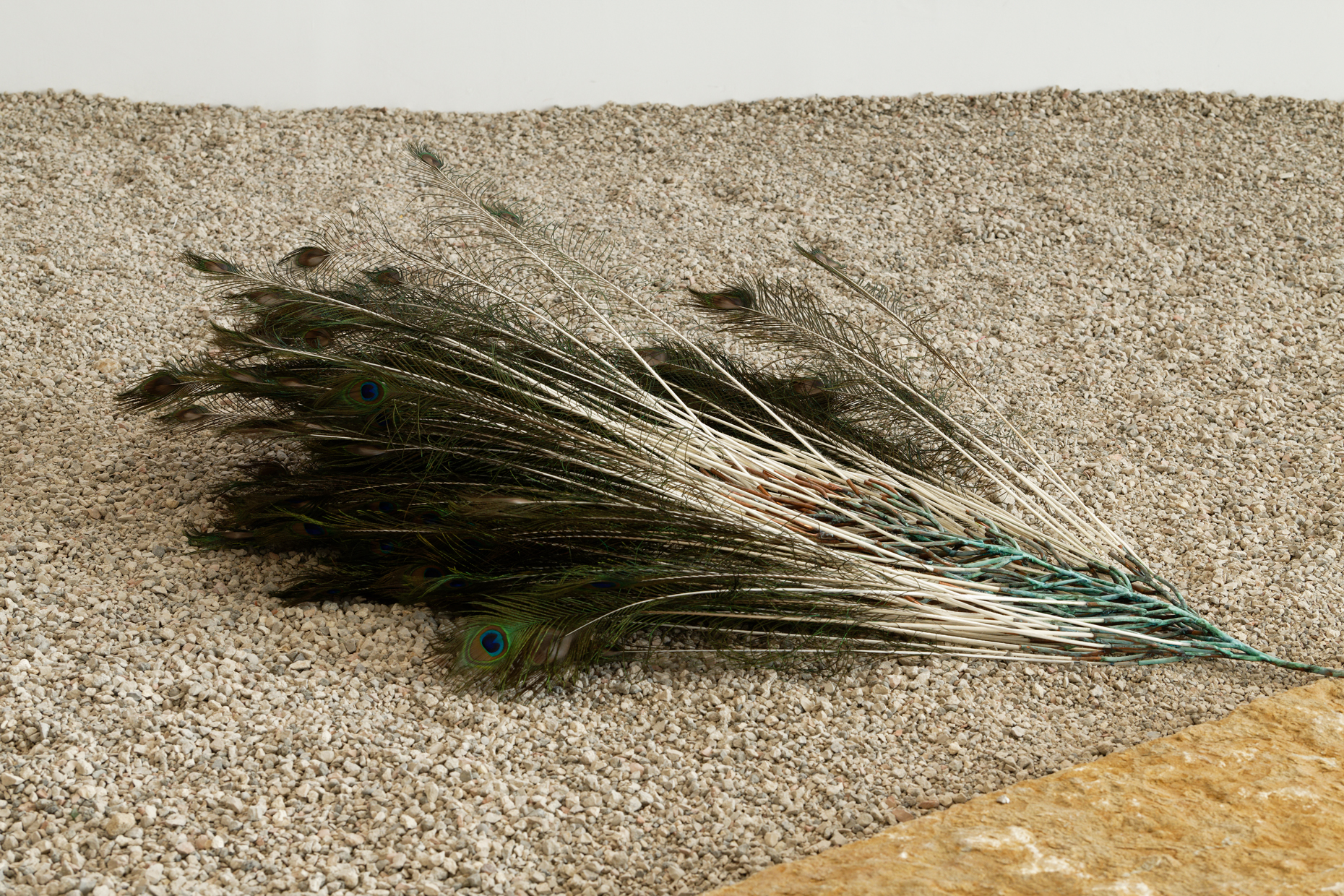

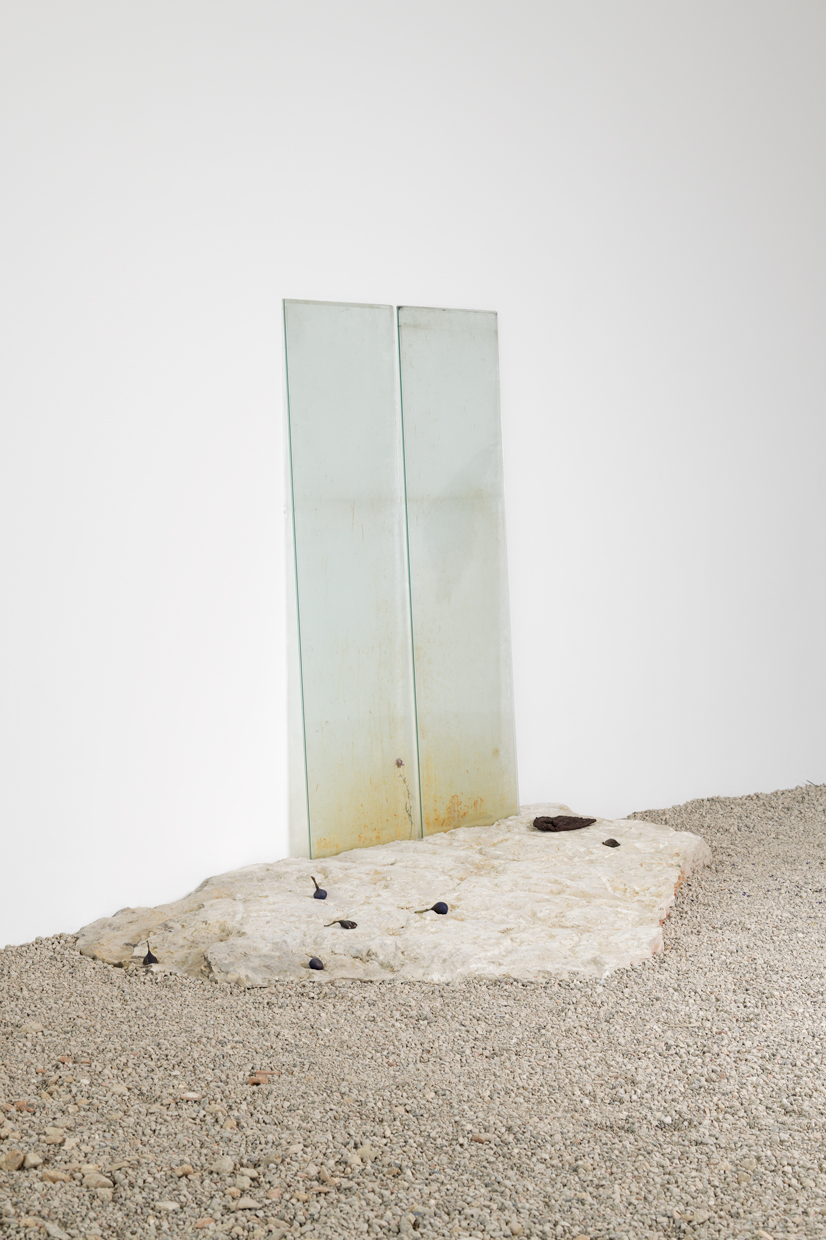

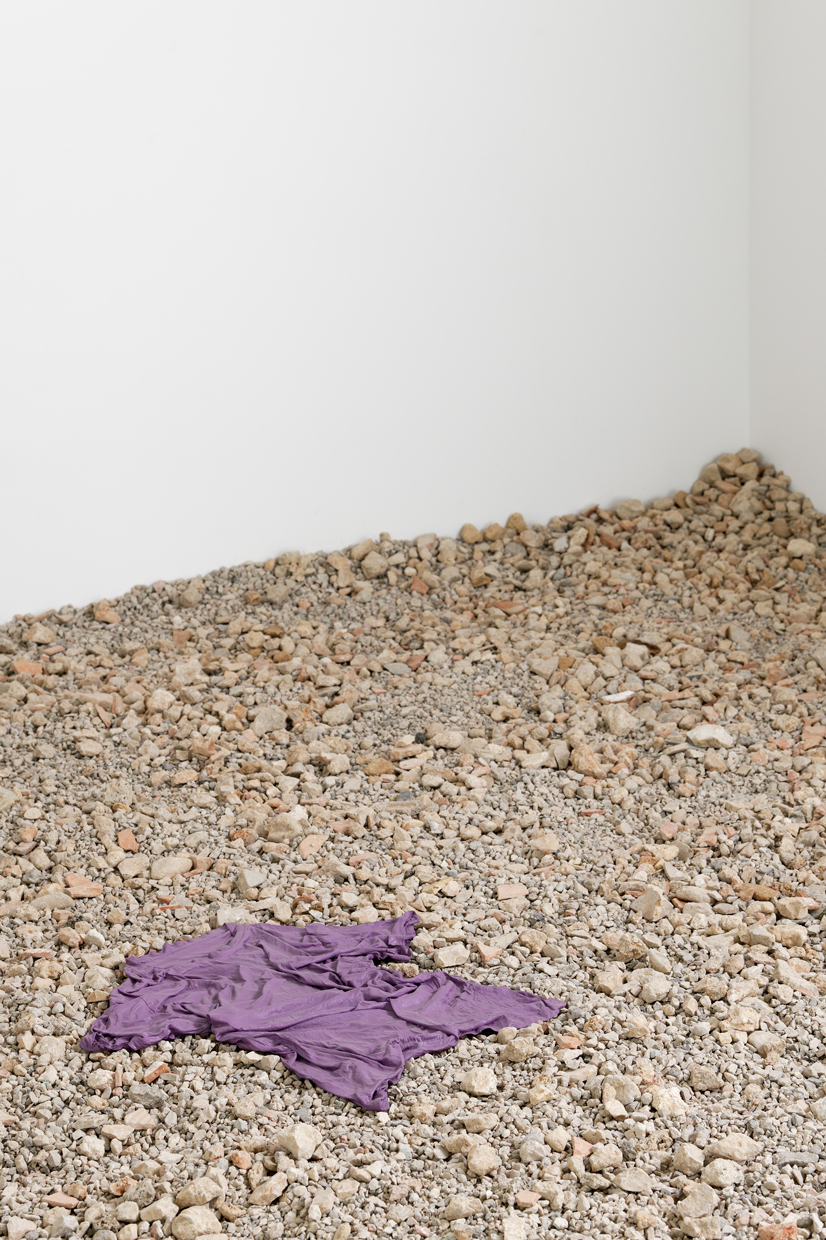


Photos : Aurélien Mole

